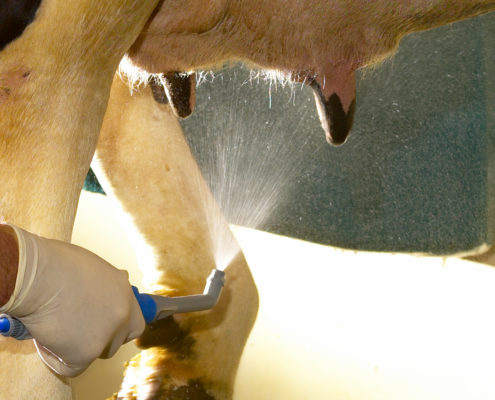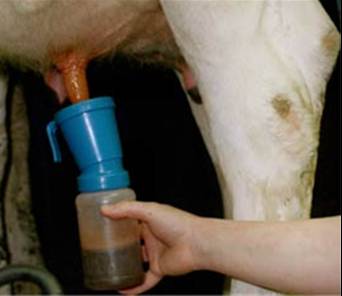Ambic
Founded in 1977 Ambic started out life as a contract plastic moulding operation and during the last thirty years it has built up significant expertise in the area of precision moulding and the design and manufacture of semi-technical plastic products.
Address
Ambic Equipment Limited
1 Parkside, Avenue Two
Station Lane, Witney
Oxfordshire, OX28 4YF
England
Contact
Latest News
- BumBullbee joins the Ambic Family October 2, 2024
- Quarter Milk Isolator Lid -Colour Change May 2, 2024
- Ambic Product Colour Change – Dip Cup Spreaders March 19, 2024


